
- With the development of economic integration, global infrastructure has ushered in a new round of development opportunities
As the situation of prevention and control of the novel coronavirus pneumonia in China is gradually improving, and the epidemic is breaking out abroad, Aylward, assistant director-general of the WHO and head of the expert team to China, highly praised China at the Geneva meeting after inspecting China. China's epidemic prevention and control measures, saying: "China's prevention and control measures to fight the epidemic are the only correct ones that have proven to be correct." These measures include the rapid construction of Huoshenshan and Leishenshan hospitals and makeshift hospitals.

Facts speak louder than words, and they speak louder than stigma. Facts are the best proof, but also the most convincing. The construction of two hospitals in less than 20 days has surprised the Chinese people, surprised the foreign media, and made the world exclaim that it is impossible! Even U.S. government officials shook their heads: "In the U.S., it's just a matter of discussion in the parliament for 20 days. China has played a huge role in this!"
This epidemic has exposed that the infrastructures of countries around the world are uneven and imperfect, and it is these weak infrastructures that hold back the prevention and control of the epidemic! From a global perspective, at present, the infrastructure of various countries is a link that needs to be urgently solved! More need to speed up shifting, upgrade quality!

The pace of time is approaching 2022, and many countries, especially major economies, have invariably put on a stance of making a big effort in the field of infrastructure investment and construction, and it is different from the previous infrastructure investment where a single country fought its own way. Fragmentation phenomenon, a new round of infrastructure investment is very likely to break through the scope of the boundaries of the world to adopt a coordinated battle of large corps, related achievements will also spread around the world.
Developed countries have frequent infrastructure plans
Biden threw out a $1.2 trillion "infrastructure bill" in his first year in office, but due to the bipartisan fight on Capitol Hill, the plan has been in retreat for the past year, and it really came to fruition But pushed to 2022.
From renovating or constructing roads, bridges, railways, ports and highways, to replacing and upgrading pipelines and strengthening the national grid, to expanding high-speed Internet and strengthening motor vehicles and clean energy, the "Infrastructure Act" has almost systematically and meshed type coverage. Of course, highways, roads and bridges cost the most money, accounting for 1/10 of the total expenditure.

Regardless of inflation, the "Infrastructure Act" used the largest lineup of funds in U.S. history. The total spending was not only far greater than that of Eisenhower's interstate highway program in the 1950s and 1970s, but also more than that of Clinton in the 1990s. The information superhighway plan during the administration.
While laying out the grand blueprint for infrastructure in China, Biden also actively organized external organizations and initiated a global infrastructure plan called "Rebuilding a Better World". The joint team is composed of G7 member countries known as the "rich club". It is raising $3 trillion to select and invest in large-scale infrastructure projects around the world. Thinking of the "Blue Dot Network" infrastructure plan previously launched by the United States in conjunction with Australia, India and Japan, as well as action topics such as the "US-Japan Digital Infrastructure Initiative" and "Eurasian Connectivity Strategy", Biden's "Building Better" this time. The "World" plan seems to be a big move to turn the pieces into a whole and fight against the Corps.

Without waiting for the United States to come up with a detailed investment list for "rebuilding a better world", the EU has already started its layout ahead of schedule. In the territory of the "Global Gateway" plan, the EU pledged to raise 300 billion euros for global digitalization, health, energy and energy. , climate and other sectors, and the European Commission overwhelmingly approved this foreign infrastructure investment plan.
At the same time, the UK after "Brexit" has to show its presence in front of the world. The £3 billion "Clean and Green Initiative" led by it has chosen a special path to help developing countries implement green technologies. way of infrastructure construction.
Attempting to fight the Belt and Road?
China, which has always been steady in infrastructure construction and has a high priority thinking, also released a clear signal that it will moderately advance infrastructure investment in 2022. It is further improving high-speed railways, high-grade highways, urban pipeline networks, bridges and ports, etc. At the same time as traditional infrastructure, the new round of infrastructure investment in China will, on the one hand, be tilted towards areas that make up for shortcomings.
On the other hand, the main direction of infrastructure construction will focus on 5G, artificial intelligence, smart city, green environmental protection and other tracks, and the so-called "moderately advanced" is not only the early start of investment plans, but also implies improving the technical standards of infrastructure, such as automation, intelligence, etc.

Several major economic powerhouses are gearing up on the infrastructure track, especially considering the basic fact that China has been cultivating the Belt and Road cooperation initiative for more than 8 years. The voice of competing with China, although the United States and Europe have also expressed similar demands implicitly or explicitly.
Li Ziguo, director of the Eurasian Institute of the China Institute of International Studies, believes that the West proposed infrastructure plans to hedge against the Belt and Road Initiative. As soon as the Belt and Road Initiative was proposed, the West began to smear and attack. When the West felt that the smear attack was not enough, it proposed its own infrastructure plan, trying to provide so-called alternatives to developing countries and improve developing countries’ interest in China. The asking price hinders the pace of cooperation in the construction of the Belt and Road Initiative.

Wang Wenbin said that since the Belt and Road Initiative was proposed 8 years ago, it has always adhered to the concept of high-quality development of extensive consultation, joint construction, sharing, openness, greenness, integrity, high standards, people's livelihood, and sustainable development, and promoted the completion of a large number of cooperation projects. It has improved the level of connectivity among countries and brought tangible benefits to the joint construction of the country and the people. It has become a popular international public product and one of the largest international cooperation platforms. China believes that there is a broad space for cooperation in the field of global infrastructure, and there is no problem that various related initiatives will compete with each other or replace each other. What the world needs is to build bridges, not to tear them down; to connect, not to decouple from each other; It is hoped that the US side will take concrete actions to promote the common development and revitalization of all countries in the world.
China leads the way in global infrastructure
Looking at the world, the demand for infrastructure in various countries is strong. In the process of accelerating industrialization and urbanization, developing countries need to increase investment in infrastructure. According to a study by the World Bank, developing countries currently invest about US$1 trillion in infrastructure each year, but to maintain the current economic growth rate and meet future demand, it is estimated that at least US$1 trillion will be needed every year until 2030. Taking Africa as an example, data from the African Export-Import Bank shows that currently only 40% of the population in Africa has access to electricity, 33% of the rural population has access to transportation or transportation, and only 5% of agricultural land is irrigated. To this end, Africa's annual infrastructure needs gap of 100 billion US dollars.

At the same time, developed countries have successively launched large-scale infrastructure construction plans for the dual purpose of updating and upgrading aging infrastructure and stimulating economic recovery. With the development and deepening of regional economic integration, the demand for inter-regional interconnection infrastructure is growing. According to the forecast of global infrastructure, the global infrastructure construction demand will reach 94 trillion US dollars in 2030. At present, the China-ASEAN Free Trade Area has made connectivity a priority area and key direction of cooperation between the two parties; African countries are further promoting the development plan of African infrastructure aimed at improving connectivity; European countries are also actively implementing the "connecting European facilities". plan.
China regards infrastructure construction as a key area of foreign investment and cooperation. For a period of time, China has actively supported and participated in the construction of infrastructure on a global scale, and has provided public goods for the Asia-Pacific and the world with practical actions. The Chinese government has put forward the Belt and Road strategic initiative, the core of which is the interconnection of infrastructure, close economic ties between Eurasian countries, drive regional economic and social development, and create an economic belt with policy communication, road connectivity, unimpeded trade, currency circulation, and people-to-people bonds.

At present, China supports and encourages Chinese enterprises to carry out mutually beneficial cooperation in the field of infrastructure with countries and regions around the world, sharing construction technology and experience, and in the key link of financing, through the establishment of special preferential loans, the establishment of special funds, the establishment of financial institutions, etc. Provide support in ways, innovate financing models, and break through the bottleneck of funds. For example, the Chinese government led the preparations for the establishment of the BRICS Development Bank, the Shanghai Cooperation Organization Development Bank and the Asian Infrastructure Investment Bank, and invested US$40 billion to establish the Silk Road Fund to provide investment and financing support for infrastructure projects in countries along the Belt and Road. It is believed that the deepening cooperation between China and other countries in the field of infrastructure investment and construction will contribute to the development of international infrastructure and ultimately achieve mutual benefit and win-win results.
The 'massive' infrastructure gap can accommodate more plans
According to the "Global Infrastructure Outlook" report released by the G20, there is a US$15 trillion investment gap in global infrastructure by 2040, especially the lack of self-infrastructure investment capacity of most developing countries. At the same time, the new crown epidemic has also caused global The contradiction of the shortage of infrastructure is more exposed. Under such circumstances, no matter from a static or dynamic point of view, no country including China, the United States, etc. actually has the financial capacity to meet the needs of global infrastructure investment. Constructive steps have been taken in the field of infrastructure.

Chinese Foreign Ministry spokesman Wang Wenbin made it clear in early December 2021 that China welcomes all initiatives to help developing countries build infrastructure and promote common development. Different related initiatives should not be mutually replaceable and mutually exclusive, but should advocate inclusiveness, communication and coordination to form synergy.
It must be emphasized that, like the commodity and service market, the global investment market has never been dominated by any one or a few countries, especially in asset-heavy fields such as infrastructure construction, which not only involve a very large scale of funds, but also involve upstream investment. The industrial chain of raw materials and downstream maintenance management services is also extremely lengthy. As investment entities, there is a complete need for cooperation and complementarity in resources and technology between countries and enterprises in different countries, and even if there may be partial competition among all parties, Since the maximum win-win situation can be achieved through differentiation, and the existence of competition will also put pressure on the participants, forcing each to improve the supply of raw materials and products and the quality of engineering construction.

Despite all the resistance, global infrastructure construction will remain a key area for China to drive global development and provide public goods. At the 2nd Belt and Road Forum for International Cooperation in 2019, the Chinese government announced that the construction of the Belt and Road has officially shifted from the "big freehand" stage of planning and layout to the "fine brushwork" stage of intensive cultivation and meticulous work. , sustainable, risk-resistant, affordable, inclusive and accessible infrastructure”. On April 20, 2021, President Xi Jinping pointed out in his keynote speech at the Boao Forum for Asia, "We must deepen the construction of connectivity partnerships, promote infrastructure connectivity, and unblock the blood vessels and meridians of economic operation... Build closer connectivity partners. relation."
In the face of the "big changes unseen in a century" and the "post-epidemic era", the Belt and Road Initiative and its infrastructure activities need to be continuously adjusted in order to achieve stability and long-term progress, make better use of the favorable conditions conferred by the times, and effectively respond to changes in the international structure and Western countries. Great powers hinder, and together with other like-minded countries, contribute to the construction of global infrastructure. Editor / Xu Shengpeng
Comment
 Praise
Praise
 Collect
Collect
 Comment
Comment
 Search
Search


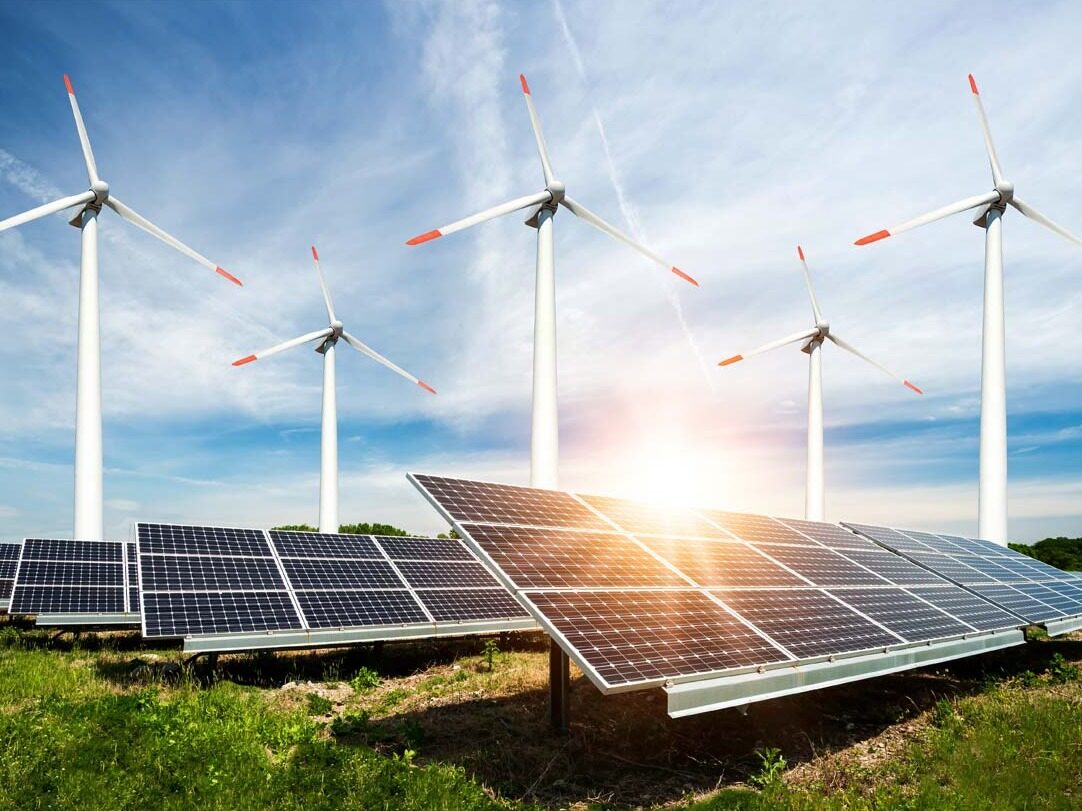
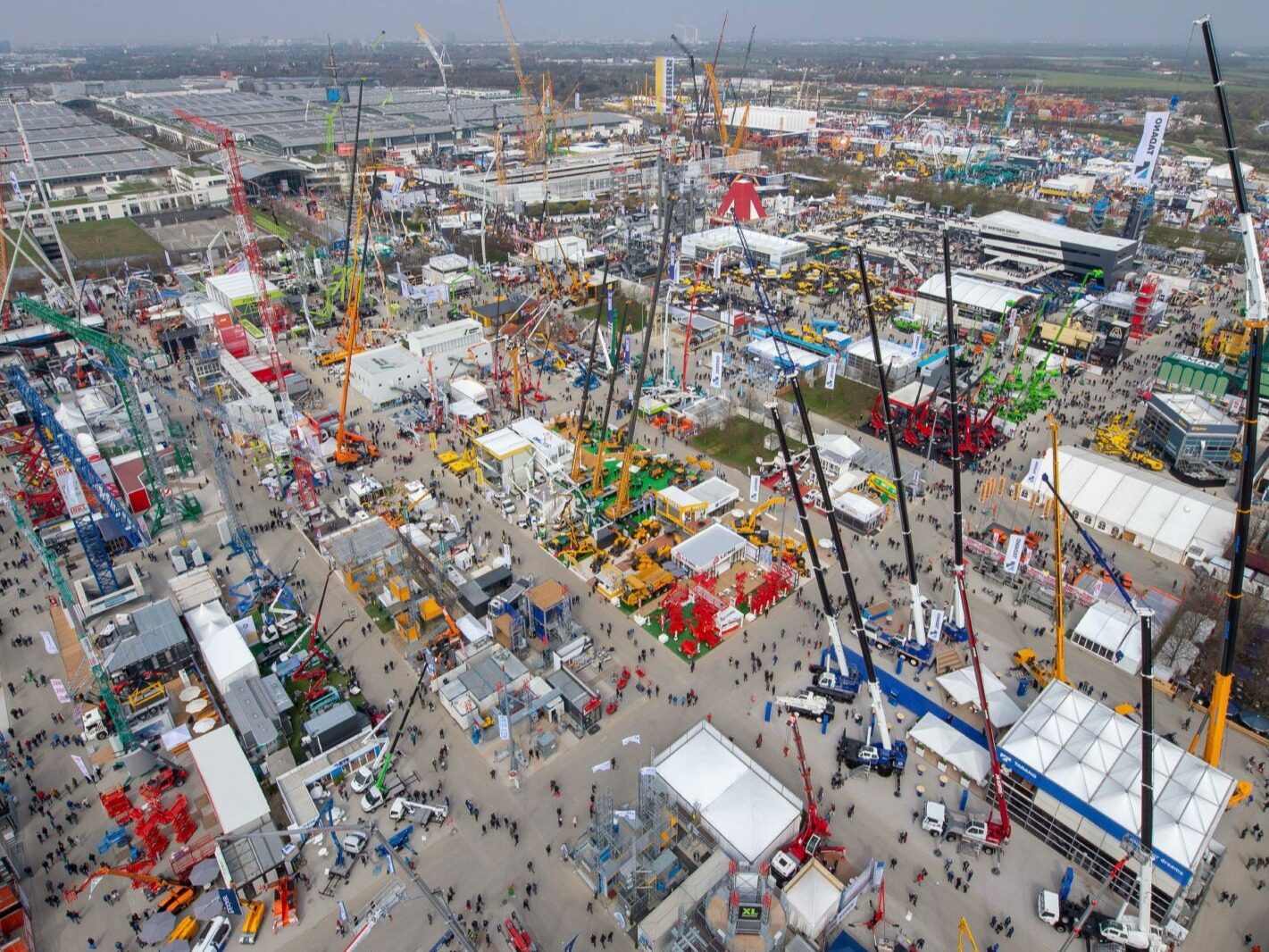
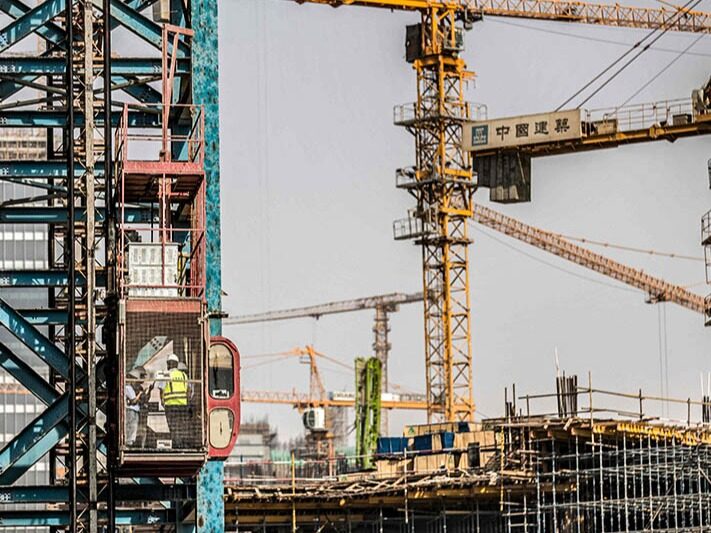
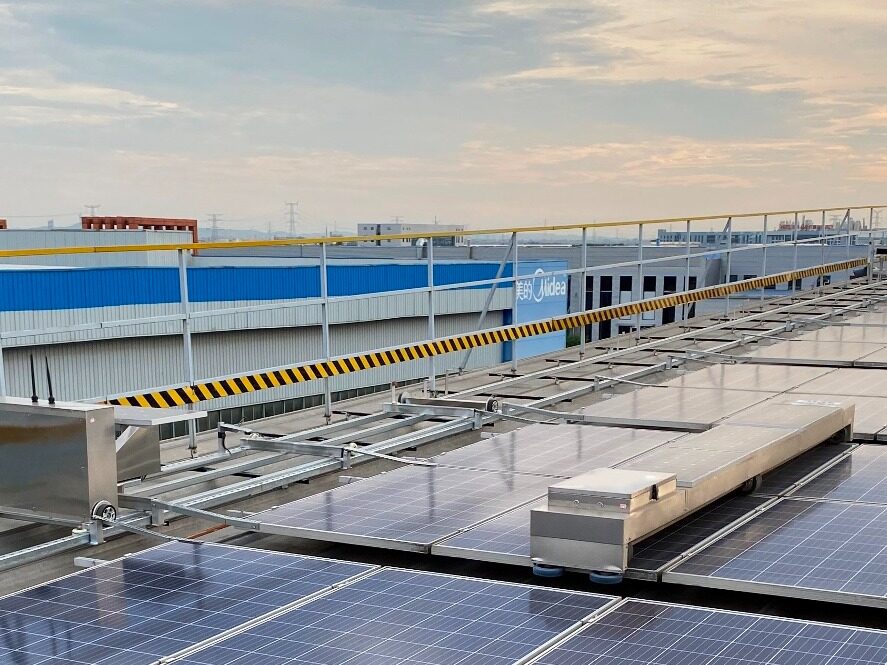
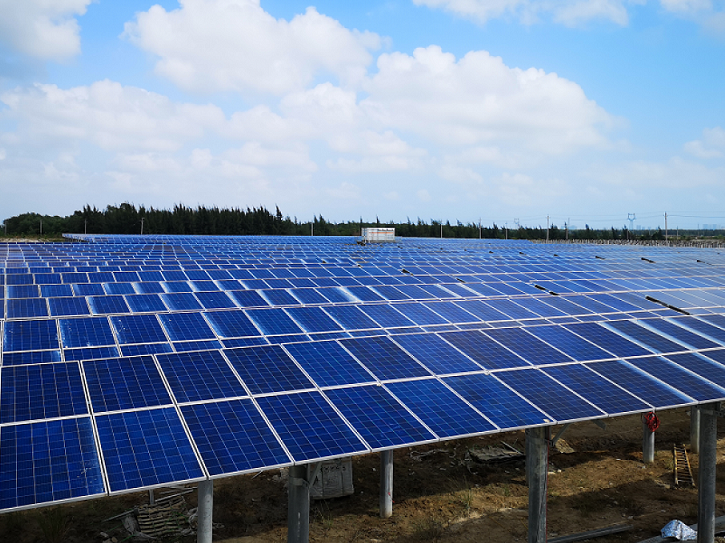







Write something~